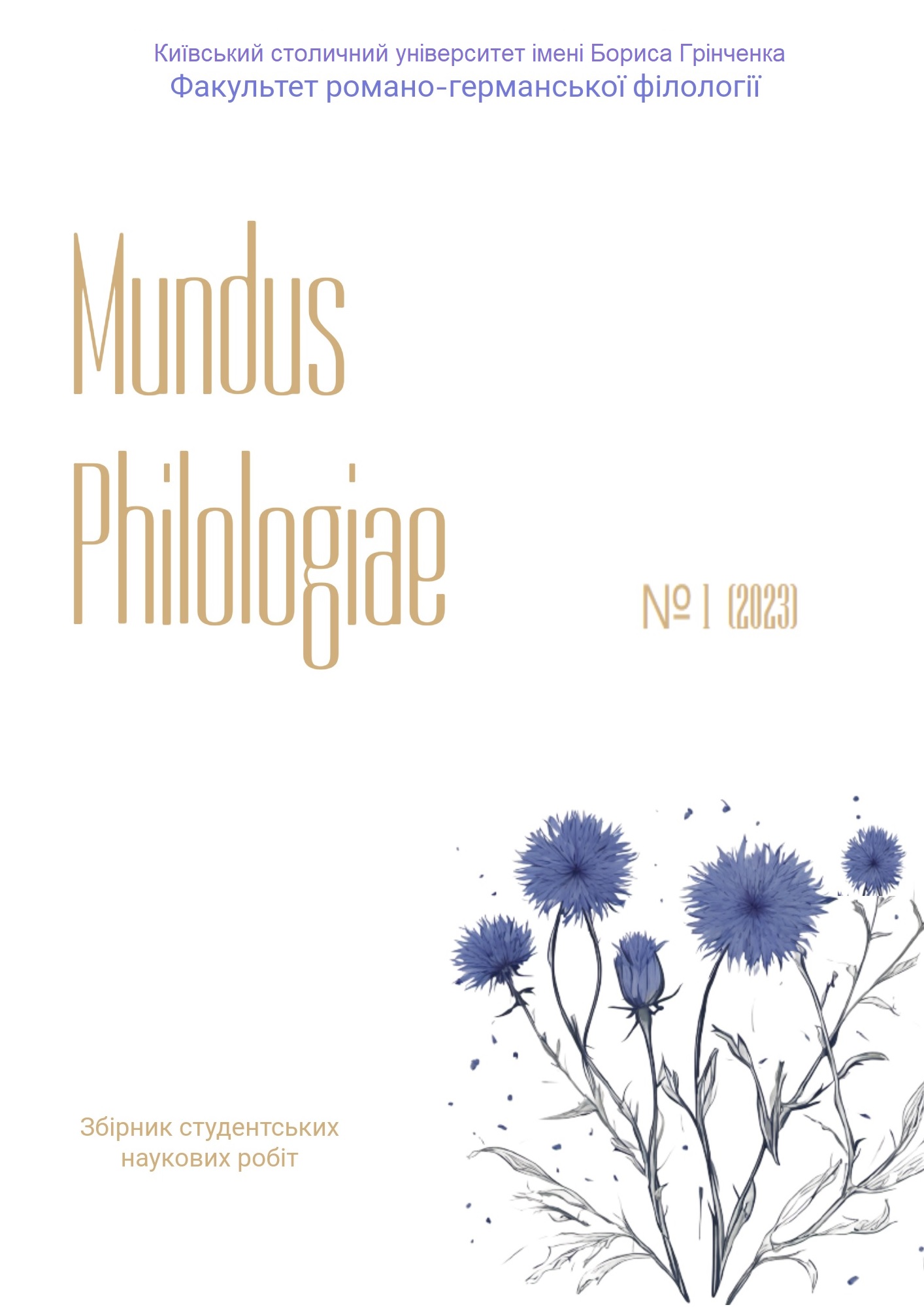LITERARY TEXT AS A COMMUNICATION TOOL BETWEEN AUTHOR AND READER IN THE THEORY OF SPEECH ACTS
Keywords:
cognitive substructure, theory of speech acts, literary text;, communication, location;, illocation;, perlocation;, communicative substructure;Abstract
This article deals with the theory of speech acts in general and the literary text as a form of communication in particular. Speech acts are statements that have a specific impact on the recipient. The theory of speech acts examines communication through the prism of language, revealing the specifics of particular statements and their impact on the recipient. A text message is one of the key forms of communication, as it allows you to convey information clearly and consistently.
In this case, a literary text is an interesting field for research, since the author, using various speech acts, can create a special atmosphere in the work and influence the reader. The article analyses and systematises the existing studies on the theory of speech acts, outlines its main aspects, such as locution, illocution and perlocution, and presents their more detailed classification proposed by researchers J. Austin and J. Searle (Sadock, 2006).
The article presents a consideration of the text as a means of communication between the author and the reader, outlines the key problems and difficulties in textual communication between the addresser and the addressee. Such problems include the problem of interpretation and perception of a text message by the reader, as well as the problem of interest and attention of the recipient to the text message. The article also presents the classification of textual substructures, namely communicative and cognitive, proposed by M. Feller, and highlights their impact on the success and effectiveness of a text message. This paper pays special attention to the activities of the author and the reader as subjects of textual communication.
In general, the article highlights important aspects of the speech act theory and the peculiarities of text communication in the context of this theory. It emphasises the role of the author and the reader as subjects of textual communication and helps to understand the complexities and peculiarities of this type of communication.




